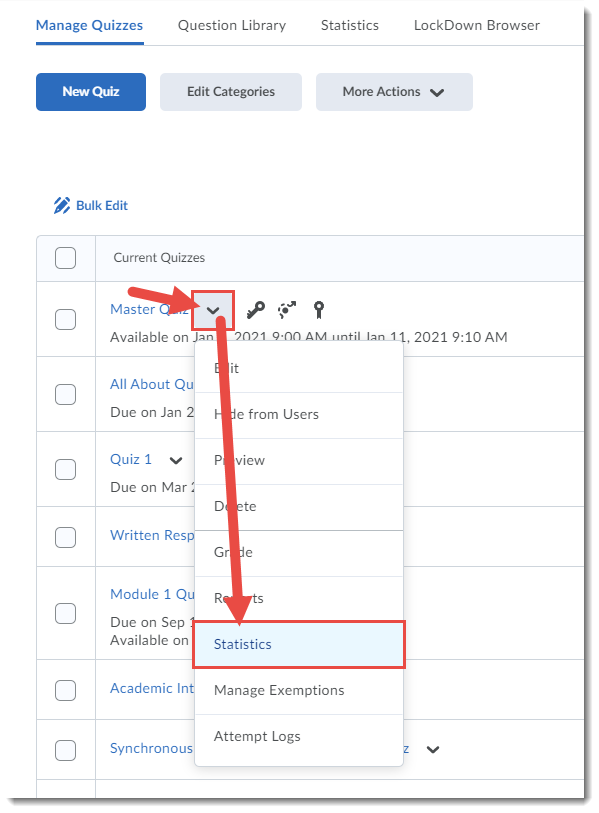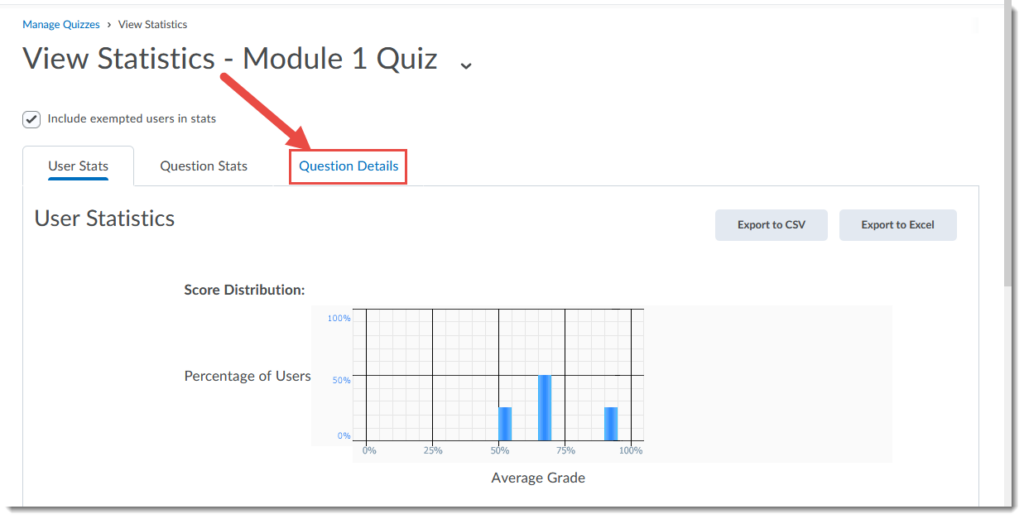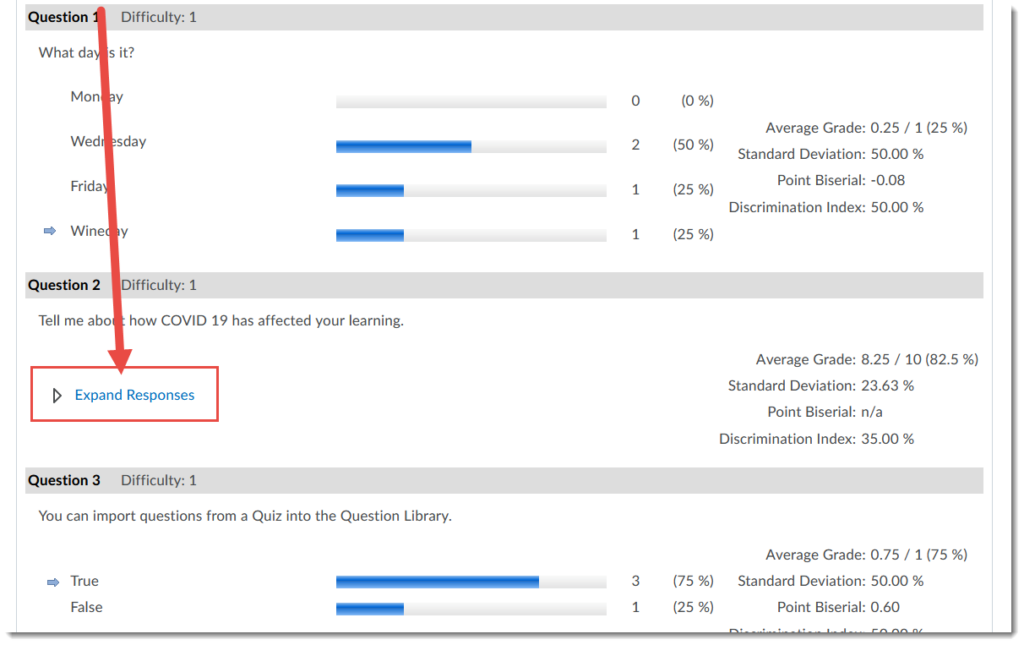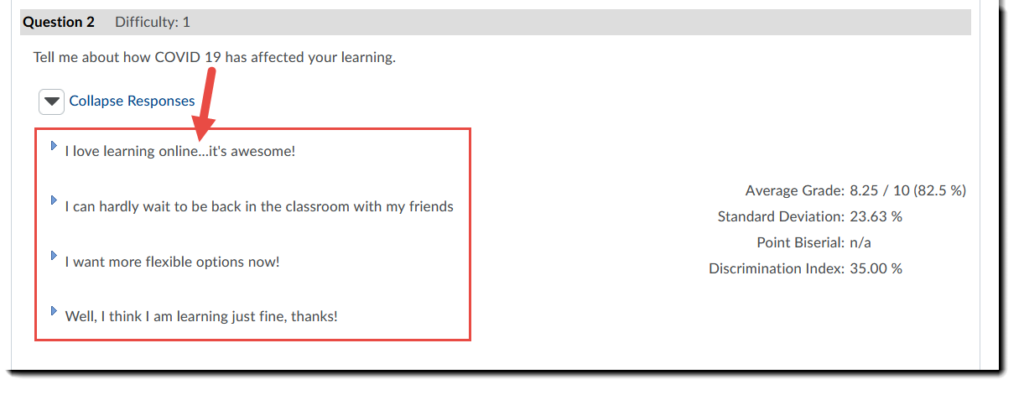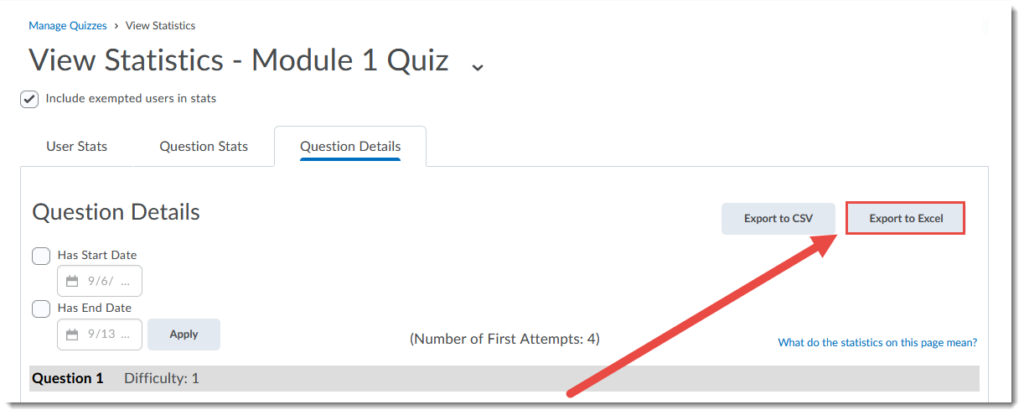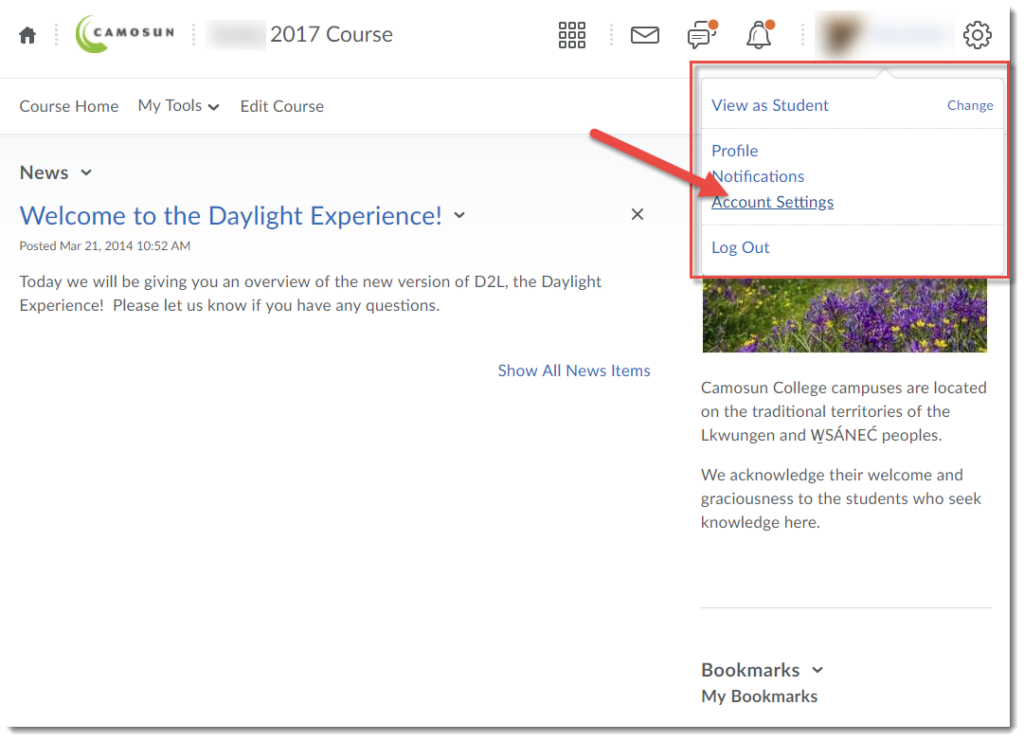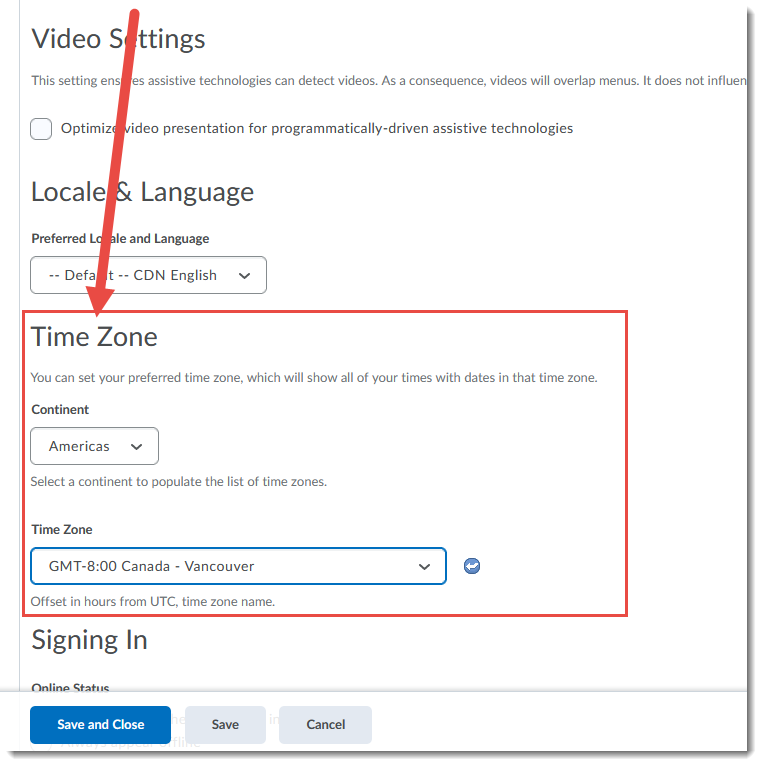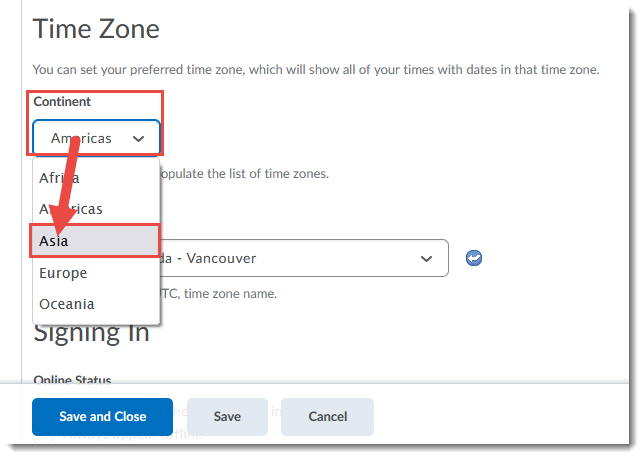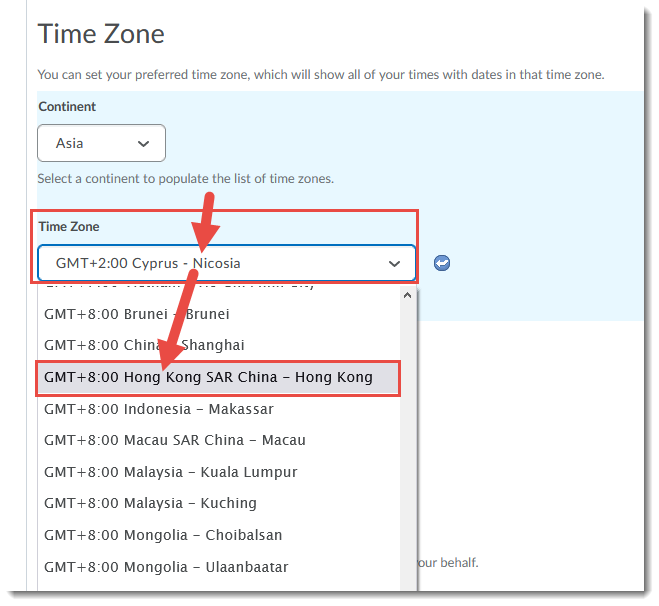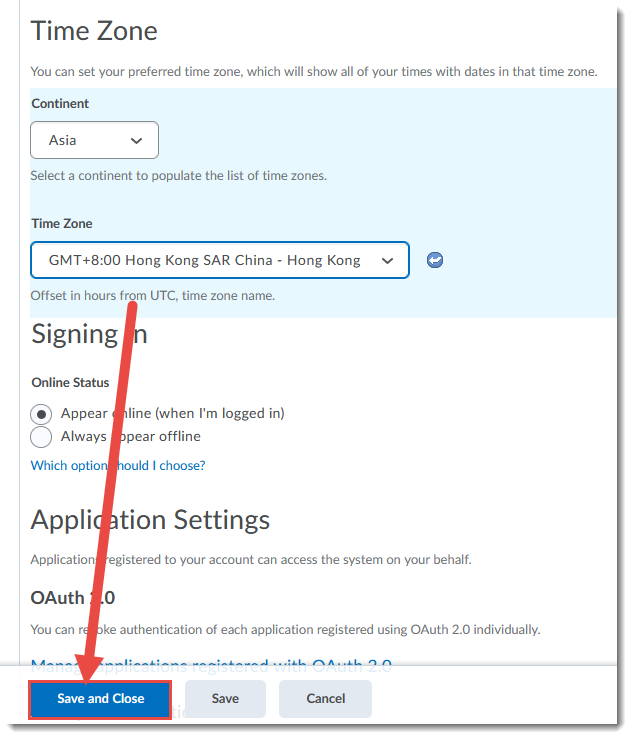Fourth in our ongoing series on Camosun’s Open Sustainability Project, as I try to catch up with our amazing faculty project stories, is Peggy Hunter. Peggy teaches biology, and for this project she has been working on updating and adding to her biology anatomy lab website. “My project has been to take what was a website built to give students access to anatomy lab material, and update it. The site will contain images of the whole collection of models and slides we use in our anatomy classes so students can study them at home. In the past, students were restricted to seeing the models and slides for three-hour labs, and then they never see them again until the exam.” Peggy’s website has been a work in progress for about a decade, going through several iterations and hosting changes. So, Peggy’s main goal is to add more resources to the site, and improve the functionality of some of the interactions which include hotspots and self-testing elements.
“Going online with the lab resources has made me realize that there are some gaps I need to address. For example, they are missing the skeletal system completely, which has been a big oversight.” But it’s important to stress that this site is not meant to replace the labs. “Looking at pictures of models and slides that somebody else brought into focus to find the perfect spot is not the same as finding that spot yourself, and looking at pictures of bones is definitely not the same as holding them in your own hands.”
Peggy’s site has been through several iterations and several domain changes over the years, and she feels like “it seems to have gone from more open to less open, curiously. It started as a website created with Dreamweaver, then Frontpage, and now is a WordPress site. In its earliest iteration, I was able to edit the site, add and fix content, etc. But now I don’t know how to change anything myself. That doesn’t mean I couldn’t learn it, it just hasn’t been a priority.” Once the new version of the site has been completed, Peggy would like to learn how to do more of that revision herself again, with the idea that when she retires, someone else will easily be able to take over the site.
Peggy doesn’t feel like she has enough experience working with open source to offer anyone advice about doing a similar project, but I think she does. It takes vision, perseverance, hard work, and understanding that your work is always a work in progress to build and maintain a resource like this, and Peggy exemplifies all those qualities. She has been incredibly patient with those of us supporting her, especially over the past few years when her site was bumped from ancient WordPress instance to newer WordPress instance, and finally to the Open Educational Technology Collaborative (OpenETC) WordPress instance. I sincerely hope this is the last move!
Moving forward, Peggy is looking forward to improving the functionality of the site, as well as making sure people know about it and tracking usage. “I used to get contacted by people wanting to add things to the site or asking me to add things, but I haven’t had any of that traffic lately and would like to get that back.” But she also tells me how excited she is now. “I’m maybe going to work for another year or two before I retire, this is something I can leave behind not as a Peggy Hunter thing, but as a Camosun College contribution to Open, something I can leave as my digital teaching legacy. I just think open-source is so cool – everything should be open-source!”
The next steps for this project is for me, yes me, to finish moving and updating Peggy’s new site on the OpenETC WordPress instance, complete with interactive H5P objects, which can be easily edited or added to as needed. Stay tuned for more when that work is completed!

